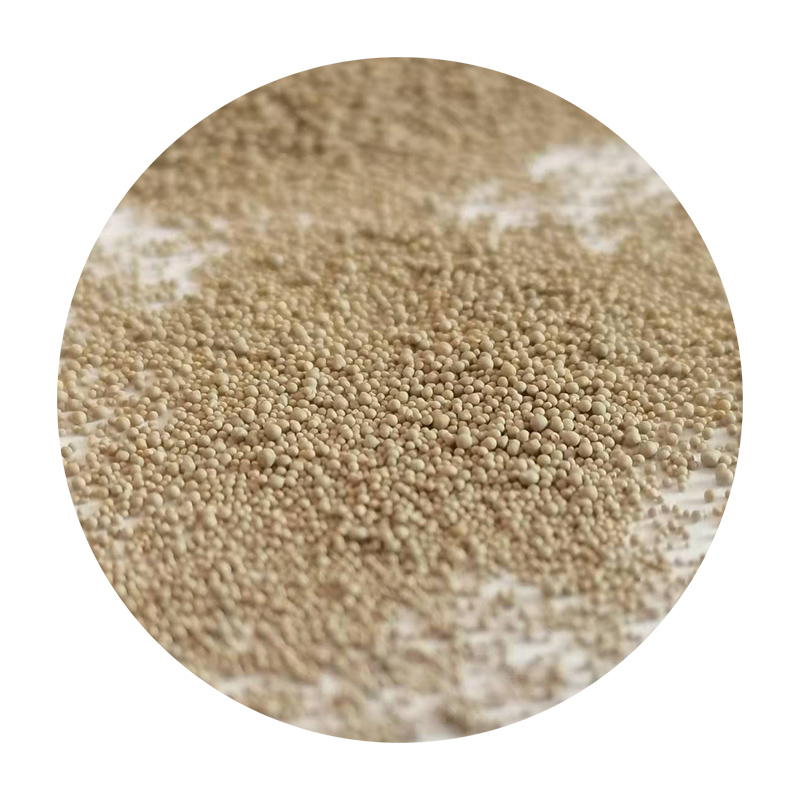Understanding Hard Sand Casting A Comprehensive Overview
Hard sand casting, also known as green sand casting, is a traditional manufacturing process widely employed in the foundry industry for producing metal components. This method utilizes a mixture of sand, clay, and water to create molds, allowing for the casting of intricate shapes and designs. The significance of hard sand casting lies in its cost-effectiveness, flexibility, and ability to produce complex geometries, making it a favored technique for various applications.
The Composition of Hard Sand
The primary materials used in hard sand casting include silica sand, bonding agents (like bentonite clay), and water. The silica sand serves as the main component, providing the necessary structural integrity to the mold. Bentonite clay, functioning as a bonding agent, enhances the mold's strength and durability. Water is added to facilitate the clay's bonding properties, resulting in a cohesive mixture that can be easily molded.
The term hard in hard sand casting refers to the mechanical strength of the mold after it has been prepared and compacted. This strength is crucial for withstanding the pressure and weight of molten metal during the pouring process. The combination of carefully selecting the right type of sand and optimizing the mixture of clay and water is essential for achieving the desired hardness.
The Casting Process
The hard sand casting process begins with the preparation of the mold. The sand mixture is packed around a model or pattern that represents the object to be cast. This pattern is typically made from metal or wood and is designed to be easily removable after the mold is formed. Once the sand is compacted around the pattern, it is removed to leave a cavity that will shape the final product.
hard sand casting

Next, the mold is assembled, and any necessary cores (additional sand structures used to create internal features) are placed within the mold cavity. The assembly is then securely clamped to prevent any leakage during the pouring process. Molten metal is poured into the mold, filling the cavity and taking on the shape of the pattern.
After the metal has cooled and solidified, the mold is broken apart to reveal the casted object. This process may require additional finishing steps, such as grinding or machining, to refine the surface and achieve the desired specifications.
Advantages of Hard Sand Casting
One of the primary advantages of hard sand casting is its versatility. It can accommodate a wide range of metals, including aluminum, iron, and steel, and is suitable for producing both small and large parts. Additionally, the process is relatively low-cost compared to other casting methods, making it an attractive option for both small-scale production and large-volume manufacturing.
Another benefit of hard sand casting is its ability to create complex shapes with intricate details. The flexibility of the sand mold allows for the reproduction of fine features, which is essential in industries like automotive, aerospace, and art.
Conclusion
In conclusion, hard sand casting is a vital and adaptable manufacturing technique that has stood the test of time. Its unique combination of cost-effectiveness, flexibility in design, and ability to produce complex geometries ensures its continued relevance in the foundry industry. As technology advances, improvements in materials and techniques will likely enhance the efficiency and capabilities of hard sand casting, further solidifying its place in modern manufacturing. Understanding and utilizing this method effectively can lead to significant benefits in both production quality and operational efficiency.
Post time:Gru . 29, 2024 14:56
Next:sand resin
